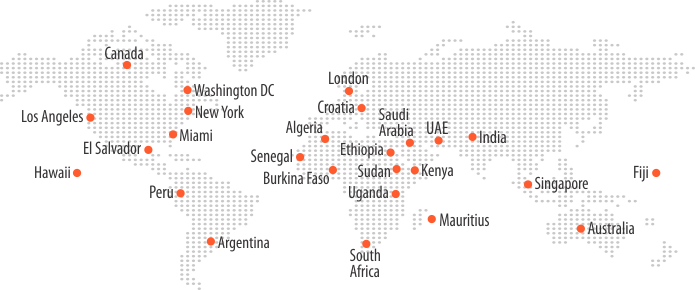OTT Insurgence Is On Rise – Should Telcos Press The Panic Button?
For the last 20 years, the telecom industry has seen tremendous growth and is drinking from dependable & bankable revenue streams. However, as technology has evolved, it has created a situation for the telecom industry, where it is presented with new challenges and disruptive technologies. Just like Uber Technologies Inc. has disrupted transport, and Airbnb™ has caused disruption in the hospitality industry, OTTs propose to cause disruptions in the telecom sector. According to a leading industry analyst firm, Telcos may lose up to $386 billion till 2018, due to the insurgence of voice applications like Skype™ and Lync™. This seems like a threat because the business model for the industry was dependent on cellular voice and SMS usage; however, these two entities have now become very less relevant for millions of subscribers and users worldwide. But do we really need to press the panic button at this stage?
I think that this so-called insurgence of OTTs is rather presenting us with a host of opportunities across the ecosystem, and the challenge lies in how we tap these opportunities and leverage them to our benefit. The real way to turn the tide is not by reeling in a state of denial or trying to fight against the flow of new transformation, but by embracing disruption and building upon it.
“Coopetition” is the Key
Coopetition is defined as – collaboration between business competitors, in the hope of mutually beneficial results. This is exactly what Telcos should do. Further, some immediate steps and approaches to be adopted in order to thwart the threat called OTT, include:
1.Convergence of Mobility, subscriber base and reach
“Ofcourse OTTs are eating into Telco margins, however, we need to welcome this disruptive technology and look at it as an opportunity in order to evolve” says Manoj Jain, VP Global Head Marketing, at Bankai Group.
OTTs have a loyal subscriber base, but what they do not have is mobility and reach to areas where there is no internet connectivity. Manoj thinks that the best way for Telcos, is to use OTTs well and bring together mobility, subscriber base and reach, “then we will be sitting on a gold mine, and revenues will just flow in. Telcos will inevitably translate challenges into profit margins. They can monetize OTT popularity by carrying it on their own data networks” he says.
2.Blending accessibility and affordability
The future of communication is a deal where one combines the best of both worlds. Now if Telcos focus on integrating the cost benefits of OTTs with high quality and reliability then they can easily turn around and win over the markets, generating massive customer base and hence claim back the revenues they are predicted to lose. How can this be done? Well, today we already have many carriers vying to provide connectivity to A-Z destinations, and as a result, have created an overabundance of supply. This abundance can be leveraged by Telcos to provide Voice and SMS services at OTT costs but with higher quality, reliability and security, thus creating a value proposition for customers.
3.Bundling with OTT
Bundling OTT, instead of trying to block it is an excellent strategy, which can help Telcos regain ground in the lost territory. This way Telcos will also be able to integrate multimedia sharing, video conferencing, photo sharing, group chatting, and many such features that OTTs provide, and tap segments that have not been catered so far. Instead of OTTs eating into Telco revenues, Telcos can create new revenue streams from the market that OTTs cater to.
Let’s cite the example of Skype™ public hotspot. You must be aware that Skype™ provides public hotspots at airports and other such locations at some charges. Now, if Telcos can embrace Wi-Fi as a larger network strategy and make it affordable and accessible to a larger audience, then they can coexist with OTT while being mutually beneficial. This is the best way to generate revenue from the lost share of the pie. After all revenue generation is what business is all about!!
4.Customized plans & differential charging
Consumer experience is the king. Telcos should try to retain and expand their customer base by, offering lucrative customized plans. Differential charging can be applied to these plans to allow customers use it as required. This will address particular needs of customers and also allow Telcos to apply premium plans to these services, thus again increase revenues and gain some loyal customer base.
To sum it up, I would say that, at present, “Coopetition” and “Innovation” seem to be the keywords for Telcos. The OTTs that have created fear and furor in the industry are not so much of a threat after all, and we do not need to press the panic button; instead grow in synergy with OTTs, use it our benefit and keep revenue flowing in.
Sources:
http://www.itu.int/en/ITU-D/Statistics/Pages/default.aspx
http://www.ey.com/Publication/vwLUAssets/ey-global-telecommunications-study-navigating-the-road-to-2020/$FILE/ey-global-telecommunications-study-navigating-the-road-to-2020.pdf






